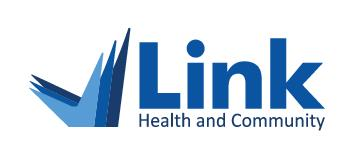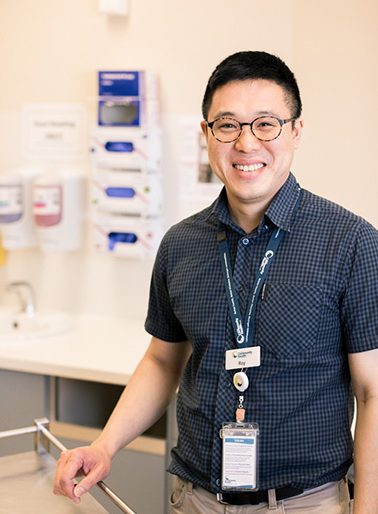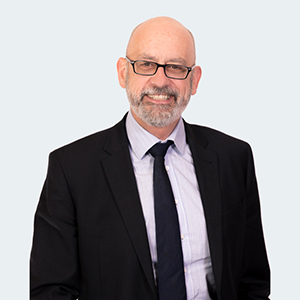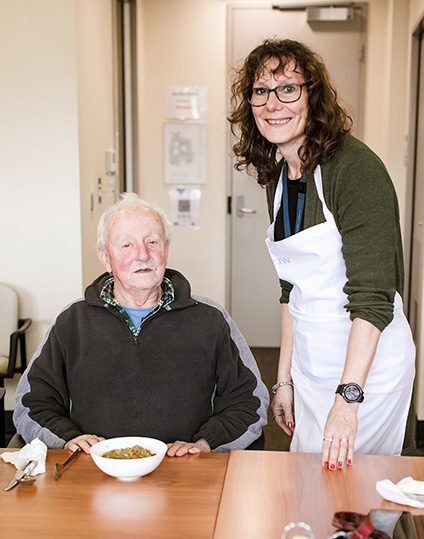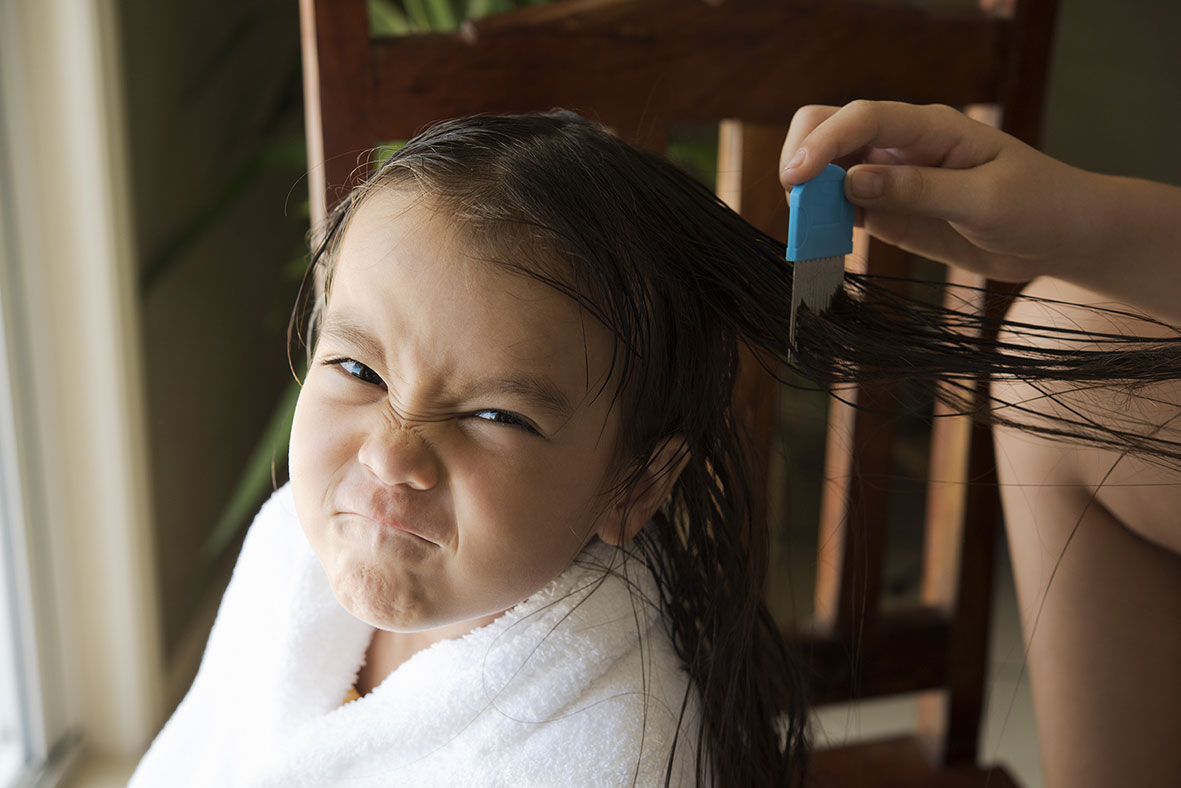
Head lice are tiny brown insects that live and multiply in human hair. Adult insects lay eggs, called nits, which attach to hair close to the scalp. Head lice can’t fly and they can’t jump. They transfer from person to person through head-to-head contact.
It’s common for kids to get head lice because they play closely together, share hats and hug often. If your child is scratching their scalp often or complaining of an itchy head make sure you take a closer look.
How to find and treat head lice and nits
If you think your child might have head lice or they have been in contact with someone who does, it’s important to check their hair thoroughly.
Get right down into the roots of the hair and check for pinhead size oval shaped eggs attached to base of the hair. These nits, or eggs, are strongly fixed to the hair and wont brush off easily. White eggs have already hatched while brown eggs are yet to hatch.
You will need to check for live head lice too. They move very quickly. The Victorian Government’s Better Health Channel suggests the best way to find head lice is to use a conditioner and comb treatment once per week. Here’s how:
- Step 1. Comb hair conditioner onto dry, brushed (detangled) hair. This makes it difficult for lice to grip the hair or run around.
- Step 2. Thoroughly comb sections of the hair with a fine tooth head lice comb.
- Step 3. Wipe the conditioner from the comb onto a paper towel or tissue.
- Step 4. Look on the tissue and on the comb for lice and eggs.
- Step 5. Repeat the combing for every part of the head at least four or five times.
- Step 6. If lice or eggs are found, the person should be treated.
Source: Head lice (nits) – Better Health Channel
Treatment for head lice includes both the conditioner and comb method and an insecticide. You can buy lice treatment products for your local pharmacy and you don’t need a prescription. Apply the treatment as per the instructions and repeat the treatment as necessary.
If your child’s itching and scratching is making it difficult for them to sleep, they are getting sores on their scalp or have required treatment more than three times in a year, it is time to consult your doctor. Your doctor can refer you to a dermatologist for treatment with an oral medicine.
Preventing the spread of head lice
Head lice spread easily given the opportunity. If you or your child has, or has been exposed to head lice check the whole family thoroughly. Pharmaceutical treatments are only required if a person is found to have active nits or live lice.
If your family is affected by head lice notify your child’s school, childcare provider and other recent contacts like family and friends who have visited. Children with untreated head lice should not attend school or childcare. Once treatment has commenced and no live lice can be found children may return to their normal activities.
Regular checks and quick treatment are important in reducing the spread of head lice. Keeping long hair tied back, avoiding head-to-head contact and preventing the sharing of hairbrushes and hats can also help.
While it is unlikely that lice will spread through soft furnishings like bedding and towels you may choose to wash the clothing or bedding of affected people using a hot wash and dry cycle.
For more information on treating and preventing head lice visit raisingchildren.net.au.
Did you know?
Our school outreach nurses provide nursing support to specific schools as identified by DHHS/DET to improve overall health outcomes for children and their families. This support includes:
- referrals to appropriate services
- health screening
- health and wellness education
- asthma, anaphylaxis and diabetes plan management
- vision, hearing and dental checks
- take home packs (eg hygiene packs) to support families and more.
